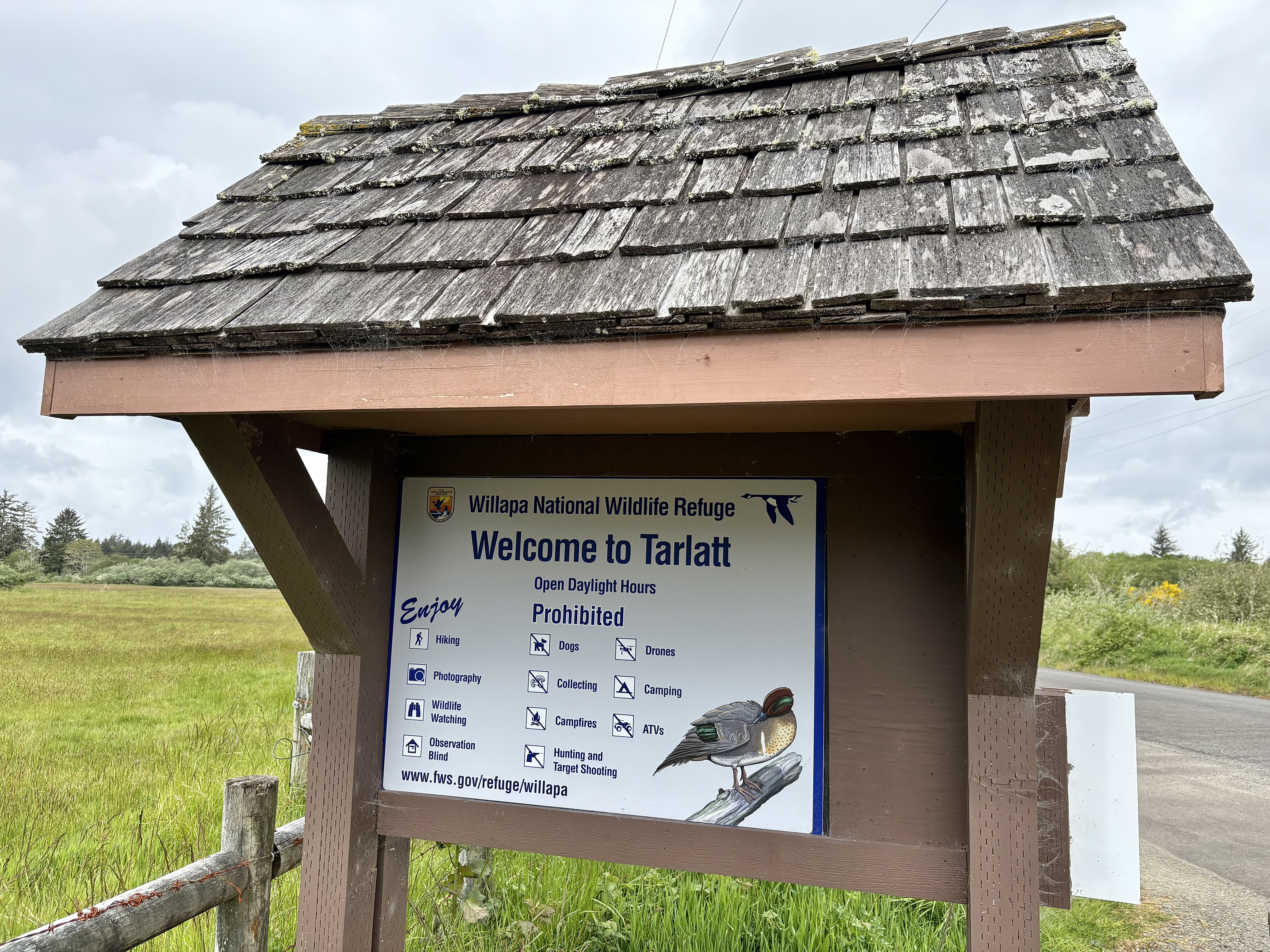Birdwatching Are our cedar waxwings late nesters?
Published 3:18 am Wednesday, July 25, 2018

- This baby cedar waxwing sat quietly in dense tree foliage waiting for its parent to fly in with a snack or two!
The scientific literature suggests that cedar waxwings breed late in the year, coincident with the availability of summer ripening fruits. My experience is, that this is generally true here on the peninsula and the willapa wildlife refuge, but not this year.
Trending
I saw my first fledged cedar waxwings this week being fed by a parent. Much of the summer fruit has not fully ripened but insects are a plenty. The literature also indicates that insects are an important component of the cedar waxwings diet during the breeding season. Insects are definitely plentiful right now, especially mosquitoes, no-see-ums and gnats, etc. A combination of fruiting red elderberry, huckleberry bushes and other early fruiting shrubs, along with the large numbers of insects at this time may have resulted in some waxwings becoming early nesters!
During courtship the pair sit on a branch. The male brings the female a gift, usually a piece of fruit, flower petal or an insect. They hop across the branch toward each other, often touching bills. The female takes the gift and hops away, but she quickly hops back to return it to her suitor! This display is repeated several times. It only ends when the female finally eats the “gift.”
The cedar waxwing is a medium-sized, mostly brown, gray, and yellow bird. It sports a crest that tends to lay flat toward the back of its head. The cedar waxwing is named for the red wax-like secretions on its wing tips and for the fact that it loves to feast on cedar berries in the winter.
Trending
As you might guess, female does most of the nest building. The pair selects the site together, but the female makes the ”final decision,” and then she gets to work. It is thought however, that if the pair nest a second time that the male will help with nest building. It takes her five to six days to complete the construction project. To speed things up she may take nesting materials from other birds’ nests nearby such the yellow warbler or American robin. The female waxwing carefully weaves materials such as grasses, twigs, and cattail fluff into a loose round cup, often in the fork of a tree.
Sociability is the cedar waxwing’s second name! They like to gather in large flocks to feed on autumn fruit. In summer this bird’s diet is supplemented with insects. It takes off from a twig and flits through the air trying to snag flying insects. If you see a silky, smooth looking tannish, golden brown, crested bird, wearing a mysterious Zorro like black mask performing some amazing acrobatics in the air, it is likely the cedar waxwing.









